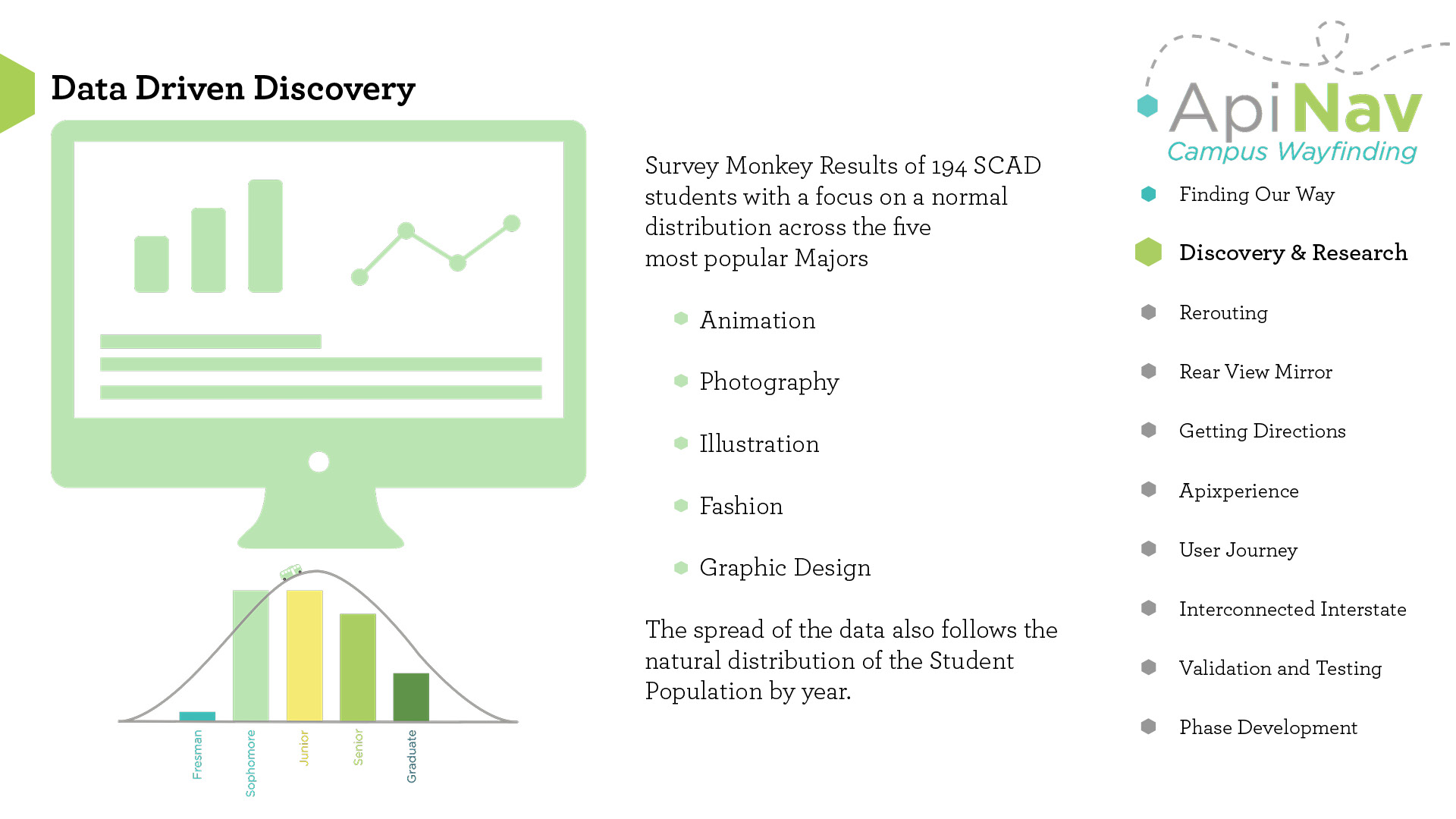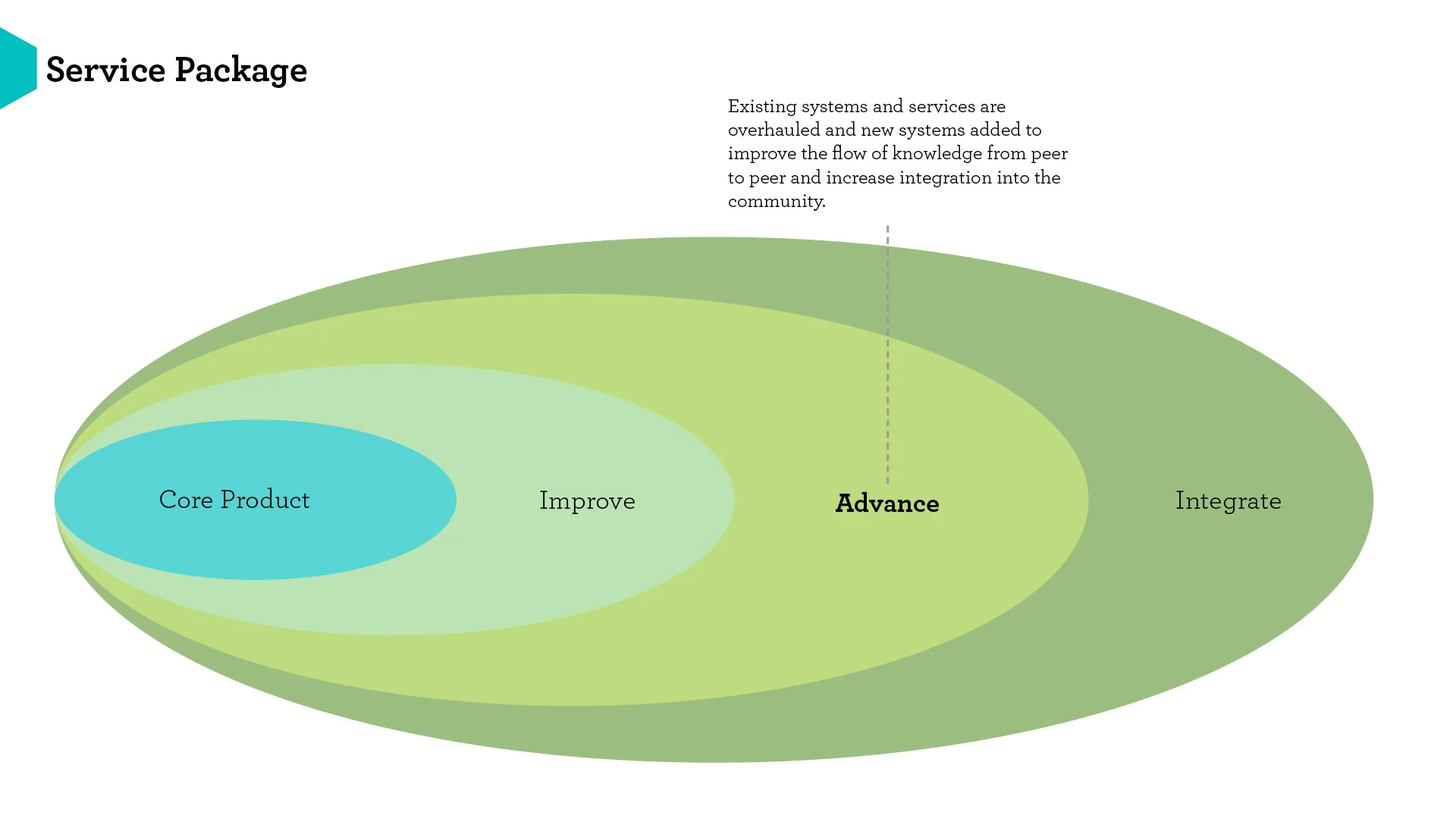For future reference. I don't know if this is an aftermarket solution or refrigerator manufacturer's problem. But it drives me crazy. I don't even know what I have in here and the things that need to be upside down to get the last bit out of them are a mess.
December Architecture
Photos by Amanda Luiso and Matt Britton
December Nature
Photos by Amanda Luiso and Matt Britton
CES/Smart Homes
The comments in regards to this article on CES and Smart Home technology from Houzz are interesting. Obviously smart home technology is still at a stage where you are not going to get the early majority (of which I consider myself one) to adopt much, it's has too many risks and not enough benefits. I don't think I would ever pay $1000 dollars so I could turn off my lights.
The main concerns that need to be addressed seem to be compatibility, reliability and security. If you have to buy all the systems separately and have different apps for everything then the costs vs. convenience will not add up. I don't personally think there are a lot of super smart hacker burglars out there looking to go into home invasion. Wouldn't banks or businesses make so much more sense? Your average thief is more likely to be caught by your smart security system than break into your home with it. However, reliability is a legitimate concern. I couldn't get into my old home when the power went out because the garage door wouldn't open and I didn't carry a key to the doors. Also there is the issue of updating and obsolescence.
A couple of people commented that the designers didn't seem to consider what people would actually find useful. There is a desire to just make everything connected to an app that will notify the user about something. Of course in my personal experience too many notifications just lead to hitting the ignore button on everything and/or turning them all off. Again one integrated system would be useful here.
It remains to be seen whether these technological conveniences will ever cross that chasm between early adopters and the majority as some of them have been out there for quite awhile now. My college boyfriend had a remote that turned all his lights on and off. Maybe if there was a drone that would walk the dog so I didn't have to go out in the cold...
Break Books
I got through two books over winter break, Malcolm Gladwell's The Tipping Point and Dan and Chip Heath's Made to Stick.
The Tipping Point is the first book of Gladwell's that I have read and I enjoyed it. It was an easy read.
Main Takeaways:
"Character" is not hard and fast. People are exquisitely sensitive to situational context. Ex. Birth Order only applies when you are with your family.
Parents don't matter as much as peer groups for "nuture".
Stickiness is a characteristic of the Product
Law of the Few applies to the messengers--Connectors, Mavens and Salespeople
The power of Translation, speaking the language of different groups to Cross the Chasm from Innovators/Early Adopters to Early Majority, Late Majority, Laggards. First group likes risk, second does not.
Intrinsic vs. Extrinsic Motivation--the importance of seeing the progress or impact of your work is greater than external reward systems
Made to Stick is a follow up or companion piece to The Tipping Point that goes in depth into what makes ideas sticky. For a book about making things memorable I had a hard time getting through it and remembering the main acronym.
Main Takeaways:
Main Ideas need to be Core and Compact-don't bury the lead
Need to change from 'what do I need to convey?' to 'what do I want the audience to ask?'
The Maslow Hierarchy is not a hierarchy, you don't have to satisfy one need before you seek the next. We seek mostly seek some combination simultaneously.
Sticky Ideas are:
Simple
Unexpected
Concrete
Credible
Emotional
Stories
Fence finial
This little crepe myrtle branch was irritated enough by this fence finial that it just swallowed it whole.
Bonaventure
Can you spot the dollar bill?
The Abilene Paradox
This is something I heard about for the first time this fall in a couple of podcasts. I have noticed it happening in groups I've been in and it is something I would like to try to avoid in the future. The summary below is from a management website called OnStrategy.
mbca.org
The Abilene Paradox was coined by Jerry B. Harvey, Professor Emeritus of Management at The George Washington University and author of “The Abilene Paradox and Other Meditations on Management.” The Paradox is explained using a parable of a family who ends up making an uncomfortable trip that none of them wanted to:
On a hot afternoon visiting in Coleman, Texas, the family is comfortably playing dominoes on a porch, until the father-in-law suggests that they take a trip to Abilene [53 miles north] for dinner. The wife says, “Sounds like a great idea.” The husband, despite having reservations because the drive is long and hot, thinks that his preferences must be out-of-step with the group and says, “Sounds good to me. I just hope your mother wants to go.” The mother-in-law then says, “Of course I want to go. I haven’t been to Abilene in a long time.”
The drive is hot, dusty, and long. When they arrive at the cafeteria, the food is as bad as the drive. They arrive back home four hours later, exhausted.
One of them dishonestly says, “It was a great trip, wasn’t it?” The mother-in-law says that, actually, she would rather have stayed home, but went along since the other three were so enthusiastic. The husband says, “I wasn’t delighted to be doing what we were doing. I only went to satisfy the rest of you.” The wife says, “I just went along to keep you happy. I would have had to be crazy to want to go out in the heat like that.” The father-in-law then says that he only suggested it because he thought the others might be bored.
The group sits back, perplexed that they together decided to take a trip which none of them wanted. They each would have preferred to sit comfortably, but did not admit to it when they still had time to enjoy the afternoon.
Design Dictionary
I wish I'd seen this before I went back to design school. I would have given less blank stares in response to these words, although I haven't come across all of them and of course some I was already familiar with. On the other hand it is interesting to get people to explain what they mean by some of these terms...I may start asking more just to see if it matches up.
Sand Ridges, HHI
Innovative products
Some of these were nice. The movie theater seats do not appeal to me from a sanitary standpoint and I question the quality of a pizza from a vending machine. The USB/outlets, drip catcher and the come apart power strip I have seen before. New ways to charge things do not really excite me anymore and I did not feel like the build your own twelve pack concept was exceptionally innovative either. The simple ideas like the bike stands, the bottle filler addition to the water fountain, the open parking indicators, the stoplights that count down and the rolling benches were the most interesting to me. I also enjoy the ones that try to encourage good behavior by making throwing away trash fun or incentivizing recycling with immediate financial benefits.
Saturday
I really enjoyed the design aesthetic of this shop. It's called Urban Poppy. It even smells great.
Habersham Antiques, it is continuously interesting and goes on forever. I'm assuming it used to be a meat processing/butcher shop. Or a very scary dry cleaner.
Photoshop Filters
A catalog of Photoshop filter effects for reference, along with some color changes from Bridge.




















































Christmas Lights
Some interesting light displays at the Savannah Botanical Gardens, some shapes I'd seen before, some I hadn't.
Before and Afters
Some more photoshop work with trees and fog, experimenting with the effects of adding or removing color.
Before
After
Before
After
Before
After
Before
After
ApiNav
10 week group project on any topic of our choosing
Fall Colors
A little fall color just in time for Thanksgiving.
Living Trash Free
I've been hearing a lot lately that this is the next step in environmentalism. No more just recycling waste, but not creating waste in the first place. This is a challenge for sure and I know I could not do it right now. I also doubt it will ever become mainstream in our consumerism culture. Something to think about when designing product and packaging though.
Gluten Free Living
Ten week group project studying local culture.
Fiore
Final Project for SolidWorks intro class















































































































